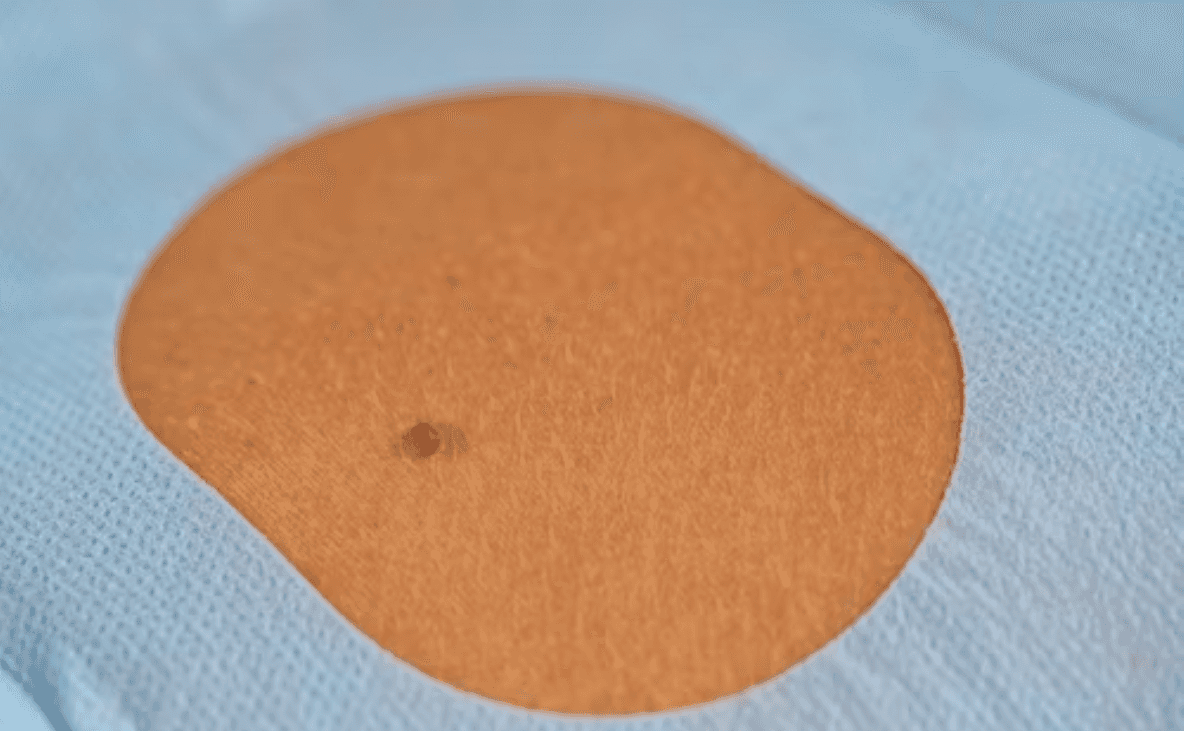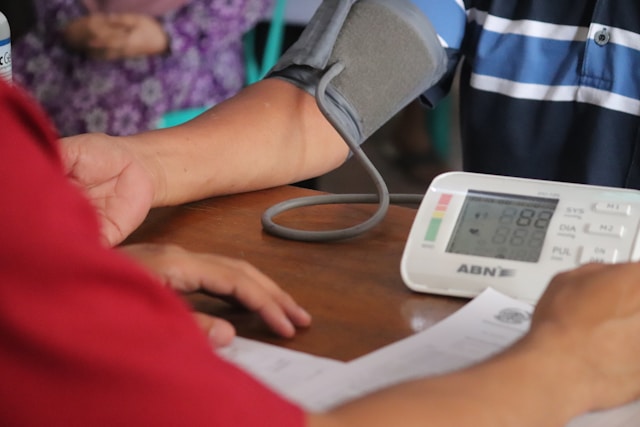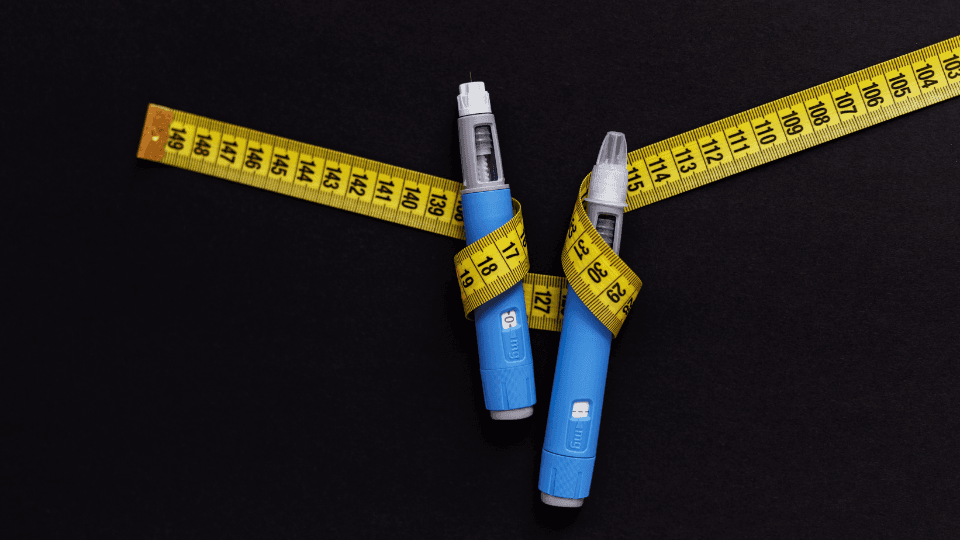Back
Oct 23, 2023
The ABCDEs of skin cancer

Dr Jarrad Van Zuydam | Sports Physician
Early detection saves lives
Perhaps you have a mole on your arm that’s been there for years. Recently though, you think it might look a little different. You only noticed it because it was itchy the other day. It’s bigger now and seems to have a more irregular shape. Your partner is nagging you to have it seen to, but you’ve just been so busy. Something so small can’t be serious, right?
Wrong.
Skin cancer is not always obvious or easy to notice. Sometimes, it can look like a harmless mole, freckle, or spot. Other times, it can appear as a new or changing growth that you choose to ignore. Unfortunately, ignorance can be a fatal mistake, as skin cancer can spread quickly and become harder to treat.
It's important to check your skin regularly for any changes or signs of trouble. By doing so, you can detect and treat skin cancer before it becomes too late. But how do you check your skin? What should you look for? And what should you do if you find anything suspicious?
In this article, we'll teach you a simple and effective method to monitor your skin for any signs of melanoma, the most deadly form of skin cancer. It's called the ABCDE rule, and it can protect your skin and your health from this deadly disease.
Skin cancer 101
Skin cancer is one of the most common forms of cancer. In fact, one in every three cancers diagnosed is a skin cancer and more than a million skin cancers occur globally each year. Unsurprising, given that our skin is the largest organ in our body.
We can think of skin cancer in two categories:
Non-melanoma skin cancers (basal cell carcinomas and squamous cell carcinomas) are rarely lethal but can be locally destructive. They often require painful surgical or chemical treatment that can be disfiguring. They occur most frequently on sun-exposed parts of the body, such as the ears, face, neck, and forearms. Repeated UV radiation exposure over years is a major causal risk factor.
Malignant melanoma is far less common, but far more deadly. The vast majority of skin cancer deaths are due to malignant melanoma. As with non-melanoma forms, UV radiation exposure is a significant risk factor, but they can also occur on non-exposed parts of the body. Melanoma spreads early, and even small lesions require aggressive treatment to avoid uncontrollable spread (metastasis) to other parts of the body.
Are you at a higher risk of developing skin cancer? You might be if some of the following individual risk factors apply to you:
Fair skin
Light-coloured hair
Blue, green, or hazel eyes
A family history of skin cancer
A high number of moles and/or freckles
A tendency to burn rather than tan in the sun
A history of severe episodes of sunburn, even as a child
ABCDE: Stop melanoma in its tracks
According to the Skin Cancer Foundation, the 5-year survival rate for malignant melanoma when caught early is 99%, but this drops to 66% if it reaches your lymph nodes and 27% if it reaches a distant organ. Early diagnosis is vital!
Thankfully, the ABCDE rule is easy to remember and easy to apply. All you need is a mirror, a bright light source, and some time to examine your skin from head to toe. Now, for each skin spot you notice, consider your ABCDEs:
A is for Asymmetry. A normal mole or spot is usually symmetrical, meaning that if you draw a line through the middle, the halves will match. A melanoma is often asymmetrical, meaning that one half does not match the other. If you notice a mole or spot that is uneven or lopsided, it could be a sign of melanoma.
B is for Border. A normal mole or spot has a smooth and well-defined border. A melanoma may have an irregular or jagged border, or a border that is blurred or indistinct. If you notice a mole or spot that has a fuzzy or scalloped edge, it could be a sign of melanoma.
C is for Colour. A normal mole or spot is usually one colour, such as brown or black. A melanoma often has different colours within the same lesion, such as shades of tan, brown, black, red, white, or blue. If you notice a mole or spot that has multiple colours or changes colour over time, it could be a sign of melanoma.
D is for Diameter. A normal mole or spot is usually smaller than 6 millimetres across, which is about the size of a pencil eraser. A melanoma may be larger than 6 millimetres, or grow over time. If you notice a mole or spot that is bigger than 6 millimetres or getting bigger, it could be a sign of melanoma.
E is for Evolving. A normal mole or spot doesn’t change. But a melanoma may change in shape, size, colour, texture, or sensation over time. It may also itch, bleed, crust, or ulcerate. If you notice a mole or spot that is changing in any way, it could be a sign of melanoma.
So, check your ABCDEs today and if you notice any suspicious moles or spots, see a dermatologist or general practitioner as soon as possible. Your doctor will examine your skin and either reassure you, or perform a biopsy to confirm the diagnosis.
When it comes to skin cancer, Ice Cube was right:
“You better check yo' self before you wreck yo' self
'Cause I'm bad for your health
I come real stealth”













